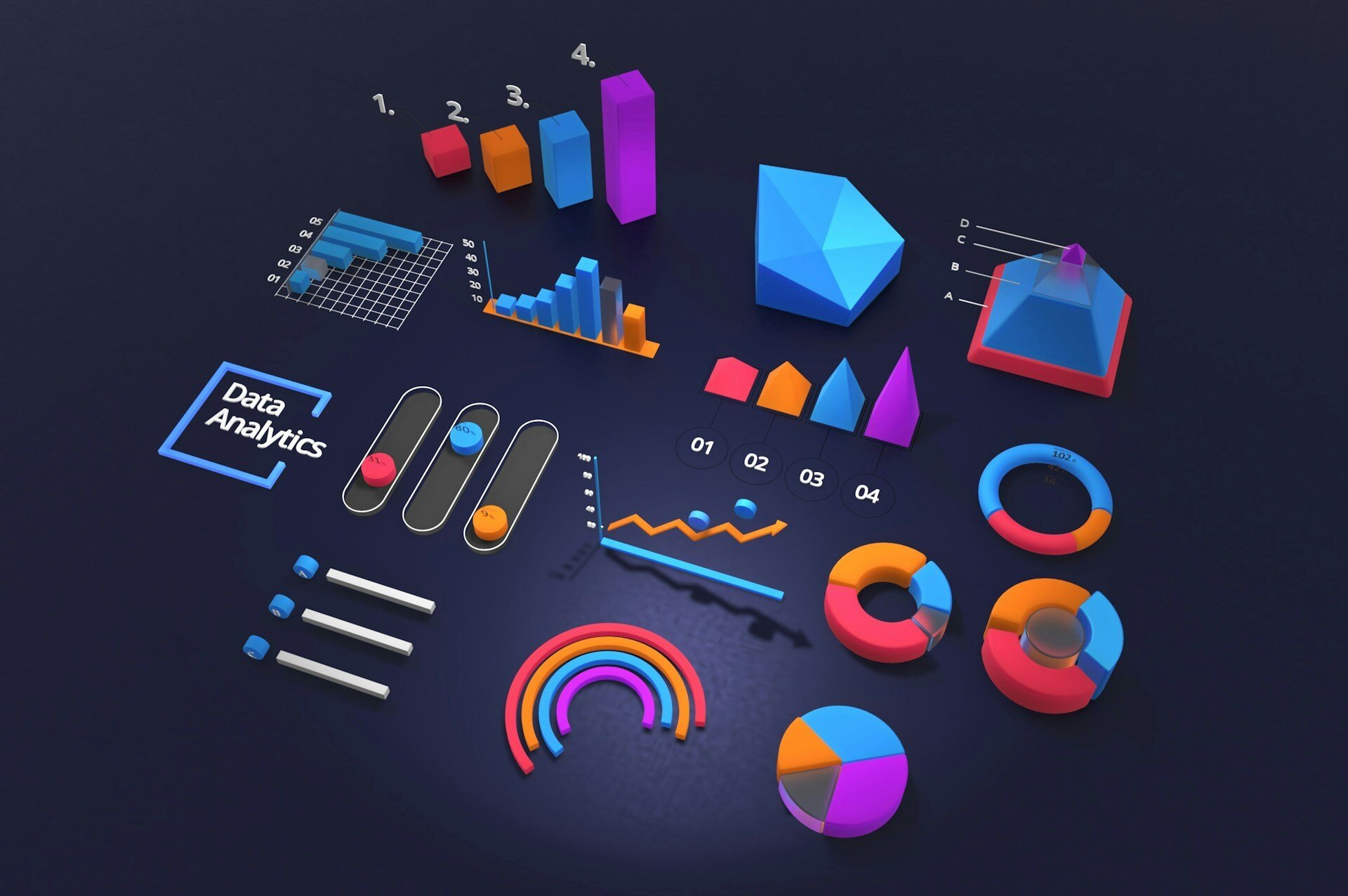
Industry
Data & Analytics
HubSpot Licensing
Marketing Hub Professional, Operations Hub Professional, Sales Hub
About the business
A multinational data and analytics company helping organisations harness the power of their data across regions and industries.
Project Timeline
3–4 months
Integrations
Custom API integrations
A global leader in data and analytics, the client operates across multiple regions with high lead volumes and a complex internal ecosystem. While their legacy CRM had delivered value in the past, it was no longer fit for a fast-scaling operation. With growth accelerating and inefficiencies stacking up, they partnered with Engaging.io to build a smarter, more scalable CRM engine—without disrupting business as usual.
